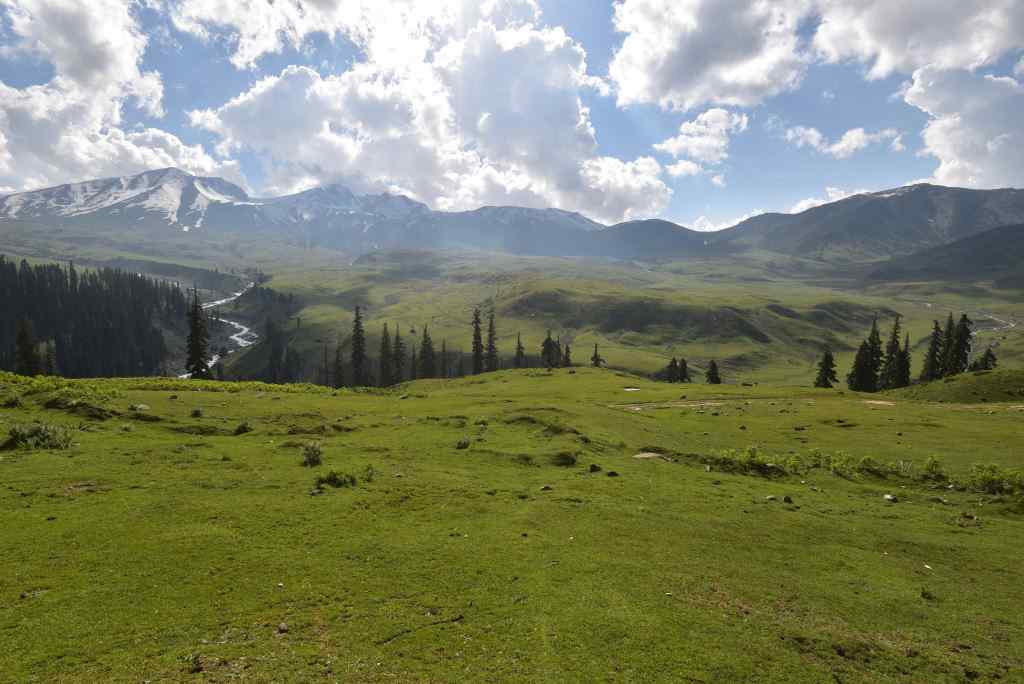This case study describes and analyses a non-violent movement to save a Himalayan landscape of enormous ecological and livelihood importance, from destructive activities, in the midst of one of India’s most conflict-ridden regions. Tosamaidan comprises a series of high-altitude grassland-mountain ecosystems in the Pir Panjal range of the Himalaya, in Kashmir. Rich in wildlife and for centuries in use by pastoralists (including Gujjars and Bakarwals) who move through the area in summer, Tosamaidan is also the origin of rivers on which tens of thousands of people downstream depend.

In 1964, the Jammu and Kashmir state government leased the area to the army for use as a firing range. Neither were local communities consulted, nor were they warned about potential dangers. In subsequent decades, the meadows were intensely bombed from the base of the hills. The result was a string of human, livestock and ecological casualties.
A number of local residents and Srinagar-based activists came together and collectively decided to launch a movement under the name of Tosamaidan Bachao Front (TBF) in 2013. This led to a remarkable process of mobilization across 64 villages living at the base of and dependent on the Tosamaidan landscape. In 2014, bowing to people’s demands, the J&K Government decided not to renew the firing range lease. Subsequently, TBF has proactively worked for ecological regeneration, and creating an eco-tourism plan which is ecologically sensitive and provides for dignified livelihoods to the local youth.
During the period of this study, the status of Jammu and Kashmir changed dramatically from being a State to becoming a Union Territory. The possible impacts this change on the future of Tosamaidan are unclear.
The study describes the above ecological, democratic and peaceful process of resistance and emergence of alternative transformations in a conflict region. It analyses the key learnings from this process, that might inform a number of environmental justice and democratic struggles in India and across the world.
You can access the study here.